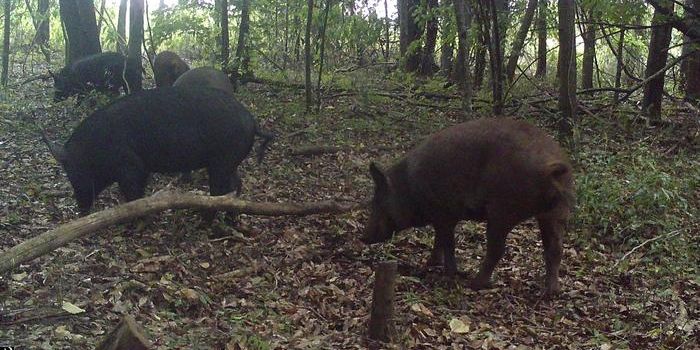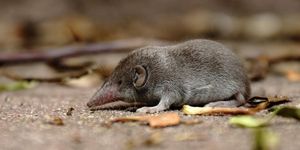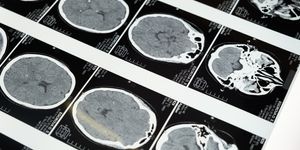Locusts Can "Detect" Cancer Cells
New research published by a team at Michigan State University shows that locusts can both detect cancer cells and tell the difference between different cancer cell lines. The study is published in a recent edition of bioRxiv.
You might be thinking this sounds a bit science fiction-y, but the truth is that the ability to smell can be a particularly powerful trait, especially among animals. Just think about it: we use dogs all the time to detect drugs and even certain kinds of disease. Researchers show that insects like locusts could also have diagnostic benefits.
Researchers have been trying to replicate this natural biologic sense of smell through the development of various technologies that can detect and distinguish between smells, with little success. The research team at MSU is taking a different approach: instead of building something that works like a biological nose, they are studying how smell works in organisms and building on those findings. Enter locusts.
Researchers chose locusts for their studies because there is already a decent amount of work available about the olfactory traits of locusts and because they are often used as model organisms in studies. To study the locusts, researchers connected electrodes to the brains of locusts and then introduced the locusts to different smell samples produced by different types of mouth cancers and healthy cells. The team found that the locusts could distinguish between different types of mouth cancer cells and between cancerous and healthy cells.
Cancer cells and healthy cells grow in different ways, and produce different chemicals as they do. These compounds are eventually released when we exhale, creating opportunities to detect them. This enabled researchers to collect smell samples for the locusts to detect.
Obviously, locusts themselves aren’t going to be used for diagnosing cancer patients. But what researchers have learned about how locusts distinguish smells could inform devices and tools researchers can build in the future.
Sources: Science Daily; bioRxiv








